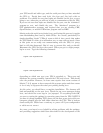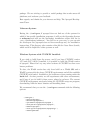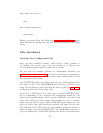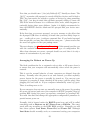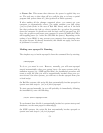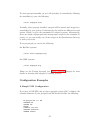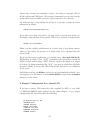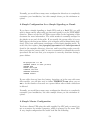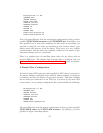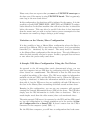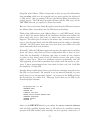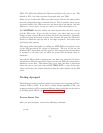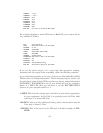## apcupsd.conf v1.1 ##
UPSCABLE smart
UPSTYPE smartups
DEVICE /dev/ttyS0
LOCKFILE /var/lock
UPSCLASS netmaster
UPSMODE net
NETTIME 10
NETPORT 6666
SLAVE slave1.mynetwork.com
SLAVE slave2.mynetwork.com
Note, the main difference from the stand alone configuration is that you have
specified UPSCLASS netmaster and UPSMODE net. In addition, you
have specified one or more slave machines. In this mode of networking, (as
opposed to using the net driver as described several sections below), your
master knows the presence of all the slaves. They carry on a very explicit
communication, and the slaves are explicitly notified by the master of any
important changes such as a shutdown.
There is a simpler form of contolling slaves using the net driver with an
apcupsd NIS server. The simpler form is much easier to configure. See: see
A Sample NIS Slave Configuration Using the Net Driver below for details.
A Simple Slave Configuration
You have a Smart UPS using the cable supplied by APC that is connected to
the master machine configured above, and the master machine is running as
a netmaster and has the address of your slave machine. This slave machine
has no serial port connection to the UPS, but is powered by the same UPS
as the master. A very simple configuration file would look like the following:
## apcupsd.conf v1.1 ##
UPSCABLE ether
UPSTYPE smartups
LOCKFILE /var/lock
UPSCLASS netslave
UPSMODE net
NETPORT 6666
MASTER master.mynetwork.com
The main difference from the master configuration is that you have specified
UPSCABLE ether and UPSCLASS netslave. In addition, you have
specified a single controlling master.
55



